On February 28, the Mekong Dam Monitoring Project (MDM) said: Around February 1, 2024, the 1,400 MW Tuoba hydropower dam in Yunnan (China) began filling the reservoir.

Touba Dam, China's 12th dam on the Mekong mainstream, begins filling with water
The Tuoba Dam is one of the largest dams on the Mekong River. China has not made any announcements about reservoir filling or completion of the dam, although it has recently proposed to increase cooperation with the lower Mekong countries.
According to MDM, satellite images show that Tuoba Dam is releasing water through its outlet, so it may gradually accumulate water during the upcoming dry and rainy seasons.
Last week, dry season water releases for hydropower were minimal, just over 100 million cubic meters. So far, China’s releases have been relatively small, possibly related to the Tuoba Dam. This has kept river levels low across the basin. Meanwhile, Tonle Sap Lake (the Great Lake in Cambodia) is about 0.7 meters lower than normal for this time of year. While river levels are low, the weather in the lower Mekong basin is extremely hot and dry.
There are currently 14 completed dams along the Mekong mainstream, 12 in China and 2 in Laos. Another dam is under construction in Luang Prabang, Laos.
"China's plan to build the Tuoba hydroelectric dam will affect the amount of water downstream during this year's dry season. The water shortage will continue because such a dam usually takes a year to store enough water," predicted Master Nguyen Huu Thien, an expert on Mekong Delta ecology.
In an update on February 27 from the Mekong River Commission (MRC), the volume of the Tonle Sap Lake is only approximately 76.15% of the long-term average due to a decrease in rainfall. Since January 2024, the severe and extreme composite drought index has affected agricultural production and is likely to continue in most areas next week. The lower mid-Mekong basin is expected to face the most severe drought conditions, while the northern upper basin is forecast to face moderate drought conditions.
Source link


![[Photo] Prime Minister Pham Minh Chinh chairs the Government's special meeting on law-making in April](https://vstatic.vietnam.vn/vietnam/resource/IMAGE/2025/4/13/8b2071d47adc4c22ac3a9534d12ddc17)







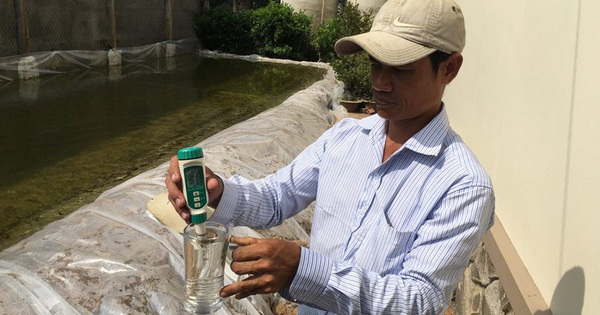

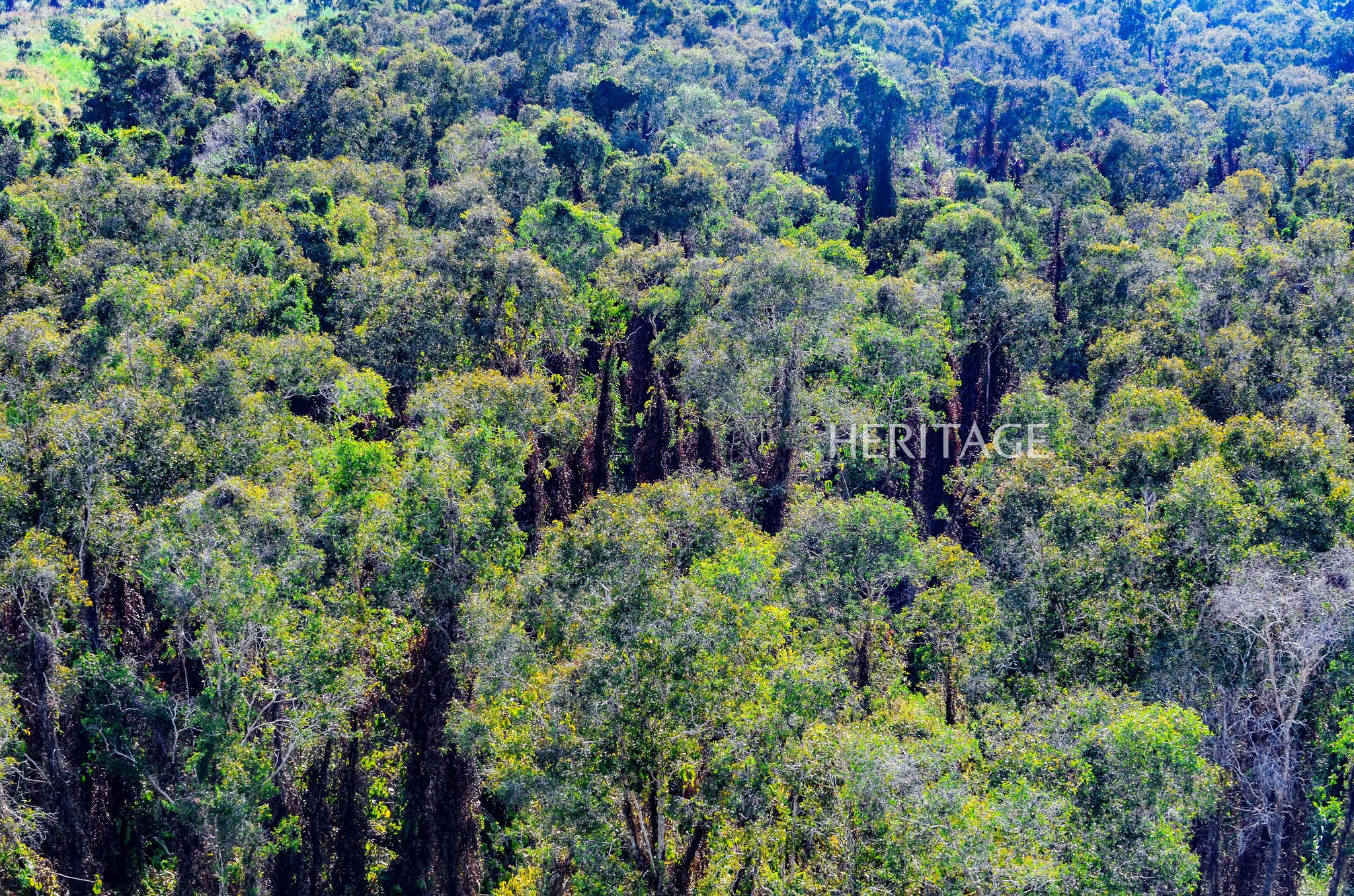

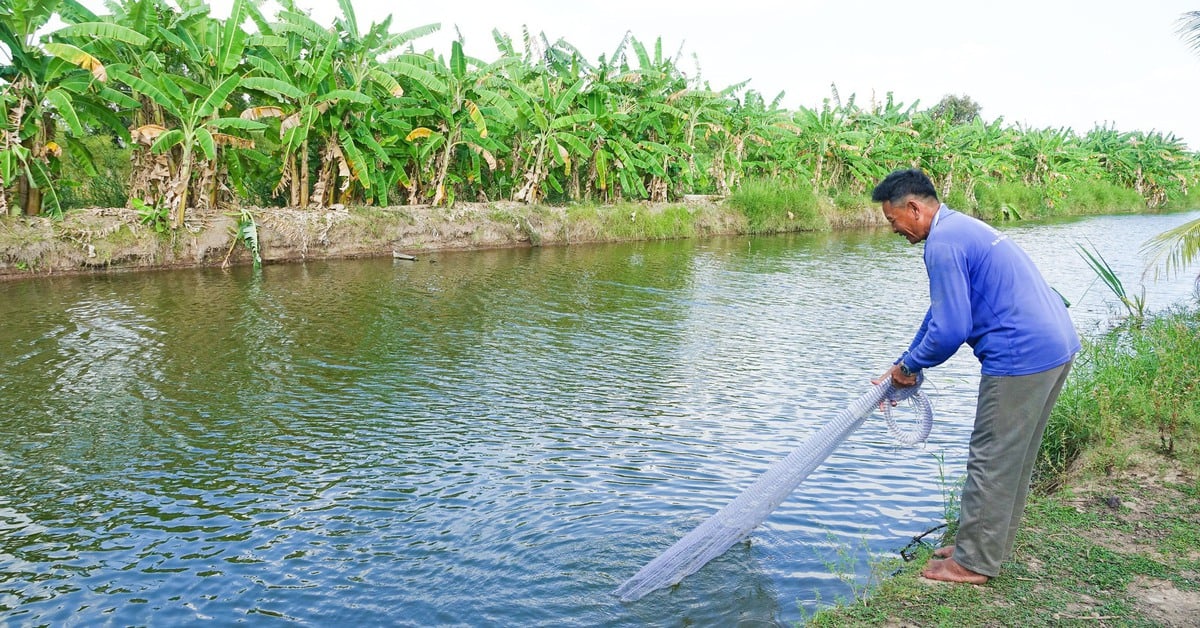



















![[Photo] Closing of the 11th Conference of the 13th Central Committee of the Communist Party of Vietnam](https://vstatic.vietnam.vn/vietnam/resource/IMAGE/2025/4/12/114b57fe6e9b4814a5ddfacf6dfe5b7f)





























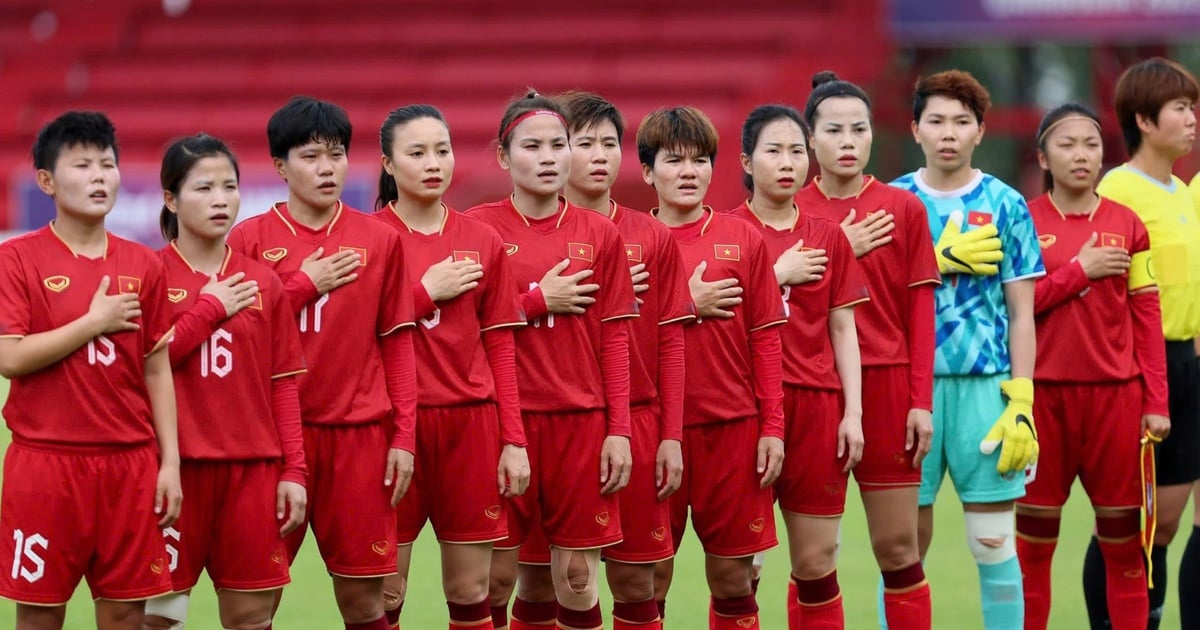














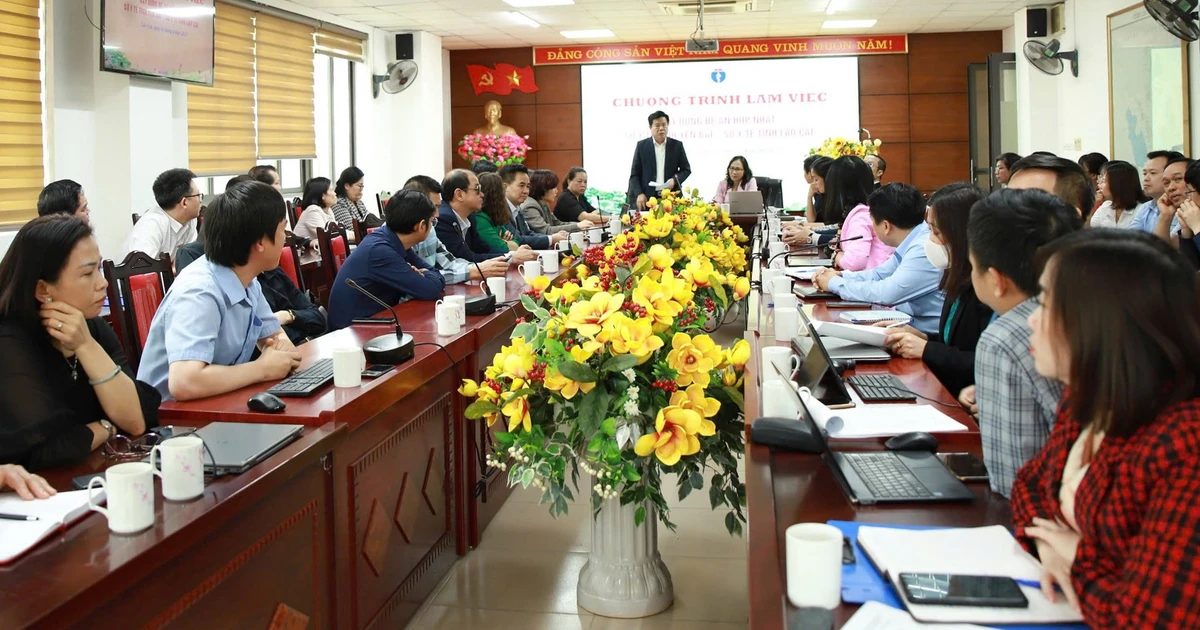



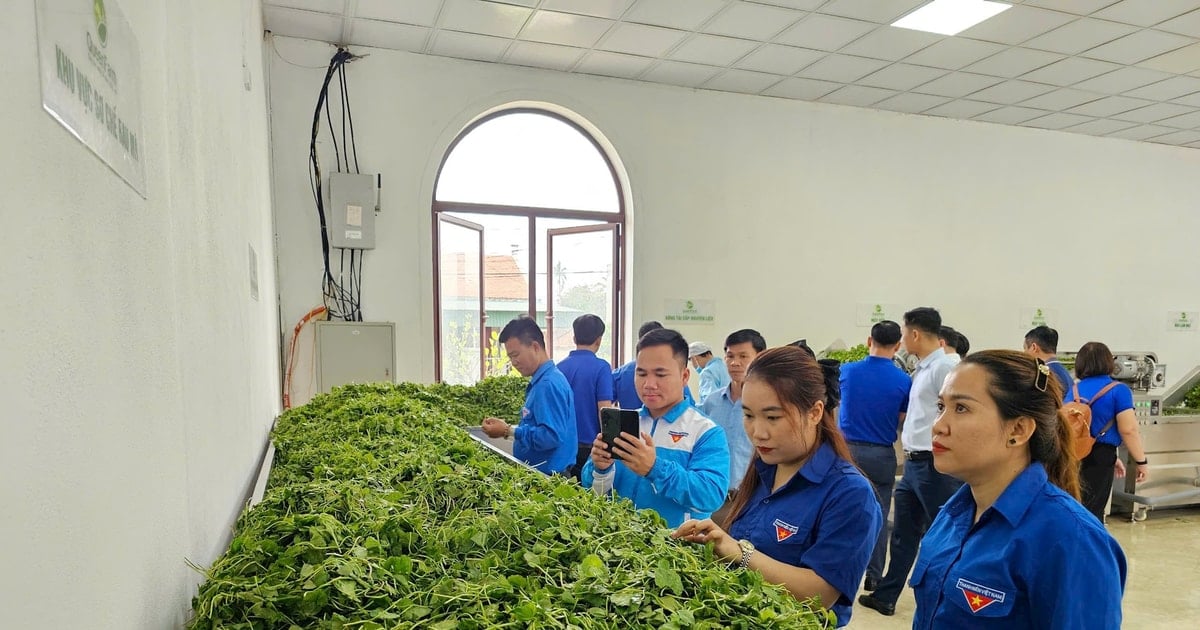













Comment (0)